Cloud Cost Monitoring Tools: A Complete Guide for 2025
- Nitin Yadav
- Knowledge
About
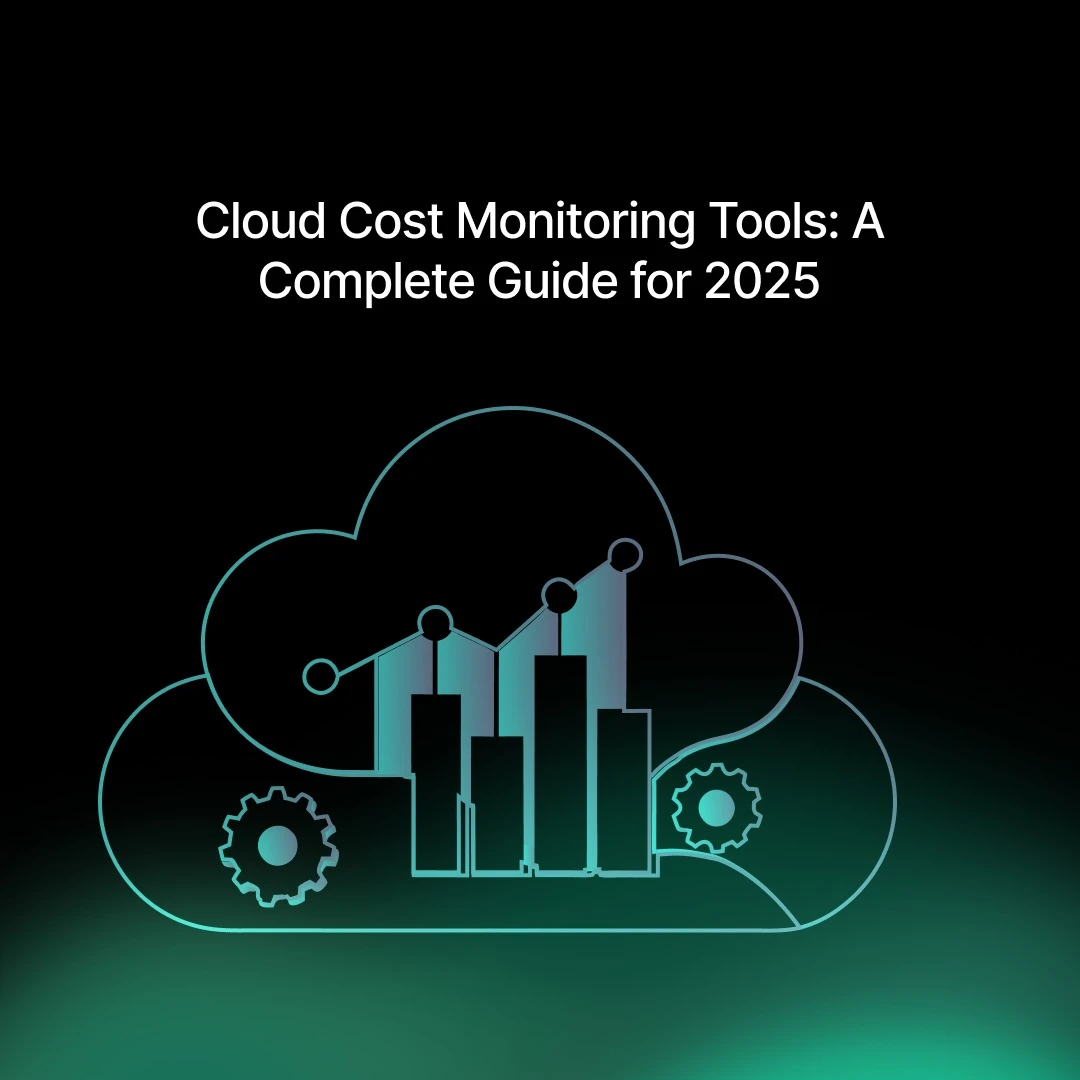
Discover the best cloud cost monitoring tools of 2025 to optimize spending, improve visibility, and implement FinOps strategies effectively.
Industries
- Cloud cost optimization, Cloud Cost Tools, Cloud Monitoring, FinOps, Kubernetes Costs, Multi-Cloud Management
Share Via
Introduction
With cloud adoption accelerating and infrastructure becoming increasingly complex, one challenge continues to loom over businesses of all sizes: managing and optimizing cloud costs. From Kubernetes clusters to multi-cloud deployments, organizations are looking for more intelligent ways to monitor, analyze, and control cloud spend without compromising performance.
This complete guide will help you navigate the best cloud cost monitoring tools of 2025, how they work, what features to prioritize, and ultimately how to choose the right cloud cost monitoring tools for your team. Whether you’re a startup scaling at warp speed or an enterprise running hybrid environments, this guide is for you.
The Importance of Cloud Cost Monitoring in 2025
The cloud has delivered unprecedented agility but with unpredictable costs. Without insight into your infrastructure usage, it’s easy for teams to overspend, underuse, or overlook hidden-cost efficiencies.
By 2025, monitoring cloud costs will be a number-one priority due to:
- Fluid cloud usage: Cloud consumption varies by the hour, from auto-scaling virtual machines to ephemeral Kubernetes pods.
- Multi-cloud and hybrid deployments: Companies increasingly deploy AWS, Azure, and GCP together, adding another layer of complexity.
- FinOps practices: Organizations bring cost accountability to engineers by integrating finance and DevOps teams.
- Preventing billing surprises: Real-time monitoring allows for early detection of spikes and anomalies.
At SquareOps, we support organizations in establishing reliable, cost-effective infrastructure through proactive monitoring and smart optimization strategies.
Essential Features to Look for in Cloud Cost Monitoring Tools
There’s more to a tool than just usage reports. The top cloud cost tools provide actionable insights, real-time visibility, and seamless integrations into existing workflows. Key features include:
- Real-time tracking of spend: Live dashboards with actual usage data.
- Budget alerts and anomaly detection: Proactive alerts for overspending or unusual behavior.
- Cost allocation and chargebacks: Allocate costs by team, product, region, or environment.
- Kubernetes visibility: Drill down into container and pod-level spend.
- Cost prediction based on past data trends: Forecast future costs and allocate budgets accordingly.
- Integrations: Must work well with major cloud providers (AWS, Azure, GCP), CI/CD pipelines (Jenkins, CircleCI), and monitoring tools (Prometheus, Datadog).
Best Cloud Cost Monitoring Tools in 2025
1. AWS Cost Explorer and Trusted Advisor
- Best for: AWS-native environments
- Key Capabilities:
- Visualize AWS spending by service, region, or tag
- Predict future expenditure based on consumption patterns
- Scale up resources on demand with Auto Scaling
2. Kubecost
- Best for: Kubernetes-native teams using EKS, GKE, or AKS
- Key Capabilities:
- Track costs per pod, node, and label
- Over-provisioning alerts
- Monthly cost reports for engineering teams
3. CloudHealth by VMware
- Best for: Businesses managing multi-cloud environments
- Key Capabilities:
- Governance and policy-based reporting
- Budgeting recommendations for reserved instances
- Role-based dashboards for different teams
4. Finout
- Best for: SaaS companies needing business-context insights
- Key Capabilities:
- Integrations with AWS, Snowflake, Datadog, Kubernetes
- Showback and chargeback reporting
- Maps cost to business KPIs (e.g., cost per tenant/transaction)
5. Spot by NetApp
- Best for: Automatic workload optimization and cost savings
- Key Capabilities:
- Dynamic workload evaluation
- Auto-provisioning of optimal instances
- Reduces costs by running workloads on the most efficient instances
6. Harness Cloud Cost Management
- Best for: DevOps teams prioritizing developer productivity
- Key Capabilities:
- AI-driven cost insights
- Detection of unused resources and anomalies
- CI/CD pipeline integration
7. Apptio Cloudability
- Best for: Enterprises with mature FinOps practices
- Key Capabilities:
- Departmental and business unit cost tracking
- Forecasting and scenario planning
- Advanced financial reporting
8. nOps
- Best for: AWS engineers focusing on optimization and audits
- Key Capabilities:
- AWS Well-Architected Framework assessments
- Cost anomaly detection
- Scheduling of idle resources
Selecting the Best Cloud Cost Tool for Your Team
The right tool depends on your goals, cloud usage patterns, and team structure. Consider the following:
- One-tool or multi-tool: Choose a tool that natively integrates with your cloud provider(s).
- Kubernetes environments: Kubecost and Harness offer deeper containerized insights.
- Automation needs: Spot, nOps, and Harness provide automated optimization.
- FinOps alignment: Finout and Cloudability support financial reporting and cost attribution.
- Team maturity: Startups may prefer lightweight tools, while enterprises require governance features.
Cloud Cost Monitoring Best Practices
Simply having monitoring tools won’t reduce cloud costs. Best practices include:
- Tag and label everything: Assign costs by team, project, or customer.
- Set budget alerts: Define budgets and receive notifications for anomalies.
- Automate resource cleanup: Remove idle VMs, unused volumes, and zombie containers.
- Regularly review forecasts: Adjust strategies to prevent cost overruns.
- Enable cost ownership: Educate teams on cost dashboards and cloud pricing.
- Link cost data to monitoring tools: Combine cost and performance metrics for balanced decision-making.
How SquareOps Helps Optimize Cloud Costs
At SquareOps, we work alongside engineering and finance teams to implement cloud cost optimization strategies. Our services include:
- Setting up the right monitoring stack (Kubecost, CloudHealth, etc.)
- FinOps strategy and reporting: Align teams around cost accountability.
- 24×7 optimization expertise: Proactively identifying cost-saving opportunities.
- AWS Well-Architected cost reviews: Ensuring best practices for infrastructure efficiency.
Conclusion
Cloud cost management in 2025 is a shared responsibility across engineering, operations, and leadership. With the right tools, businesses can gain visibility, control, and automation to optimize cloud spend efficiently.
If you’re looking to minimize cloud waste and improve cost transparency, contact SquareOps to implement a tailored cloud cost monitoring strategy that fits your infrastructure.
Frequently asked questions
Cloud cost monitoring involves tracking, analyzing, and optimizing cloud spending in real-time across services like AWS, Azure, GCP, and Kubernetes. It helps organizations gain visibility into their usage patterns and avoid unnecessary costs.
As infrastructure becomes more dynamic with Kubernetes, serverless, and multi-cloud deployments, real-time cost visibility helps prevent budget overruns, enables better forecasting, and aligns engineering teams with business goals.
Kubecost is widely considered the best tool for Kubernetes cost monitoring. It offers granular cost breakdowns by pod, namespace, and label, helping teams optimize containerized workloads effectively.
These tools collect usage and billing data from cloud providers, tag or map the data by service/team, and provide dashboards, alerts, and insights to track and control spending. Many tools also integrate with CI/CD pipelines and monitoring stacks.
AWS Cost Explorer provides basic cost insights within the AWS ecosystem. Third-party tools like CloudHealth, Finout, or Harness offer more advanced features such as multi-cloud tracking, anomaly detection, and cost allocation by business unit or customer.
Yes. Tools like Spot by NetApp and nOps not only monitor costs but also automate savings by right-sizing resources, scheduling idle instances, and recommending spot/reserved instances.
Key features to consider include: real-time visibility, budget alerts, Kubernetes support, forecasting, integrations, cost allocation, and automation capabilities.
SquareOps provides end-to-end cost optimization services including tool setup, ongoing monitoring, FinOps consulting, AWS Well-Architected Reviews, and automation strategies to reduce cloud waste.
Absolutely. Startups can start with lightweight or open-source tools like Kubecost, and scale into platforms like Harness or Finout as their infrastructure and team grows.
Yes. Tools like CloudHealth, Finout, and Apptio Cloudability support multi-cloud environments, making it easier to manage spend across AWS, Azure, and Google Cloud in a single dashboard.
Related Posts
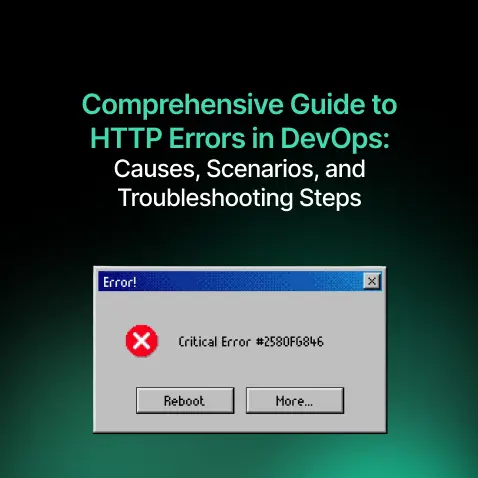
Comprehensive Guide to HTTP Errors in DevOps: Causes, Scenarios, and Troubleshooting Steps
- Blog

Trivy: The Ultimate Open-Source Tool for Container Vulnerability Scanning and SBOM Generation
- Blog
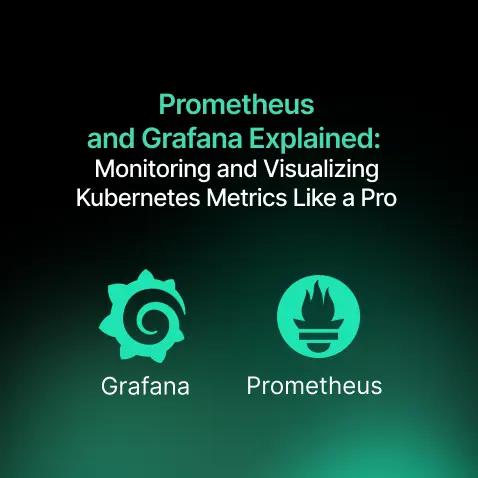
Prometheus and Grafana Explained: Monitoring and Visualizing Kubernetes Metrics Like a Pro
- Blog
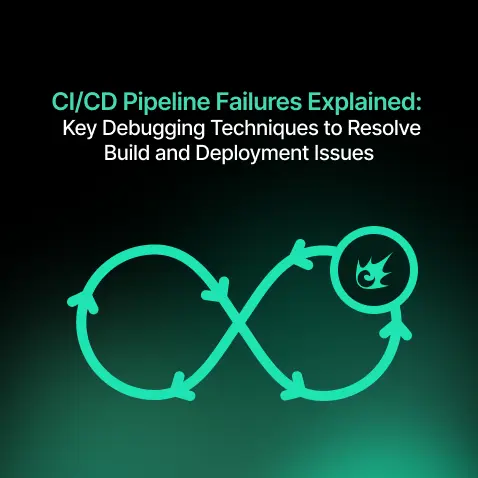
CI/CD Pipeline Failures Explained: Key Debugging Techniques to Resolve Build and Deployment Issues
- Blog
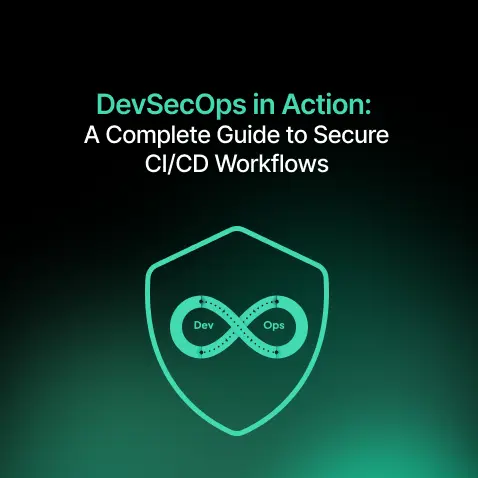
DevSecOps in Action: A Complete Guide to Secure CI/CD Workflows
- Blog
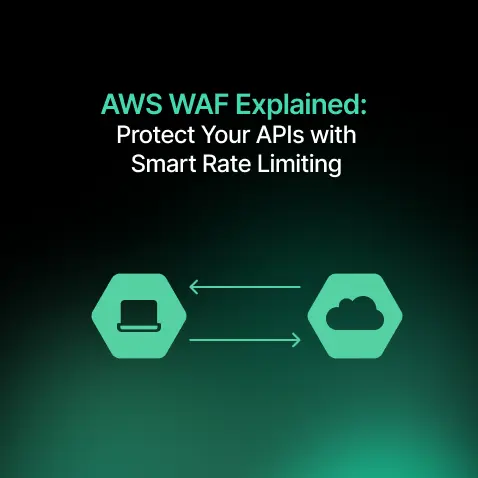
AWS WAF Explained: Protect Your APIs with Smart Rate Limiting
- Blog

